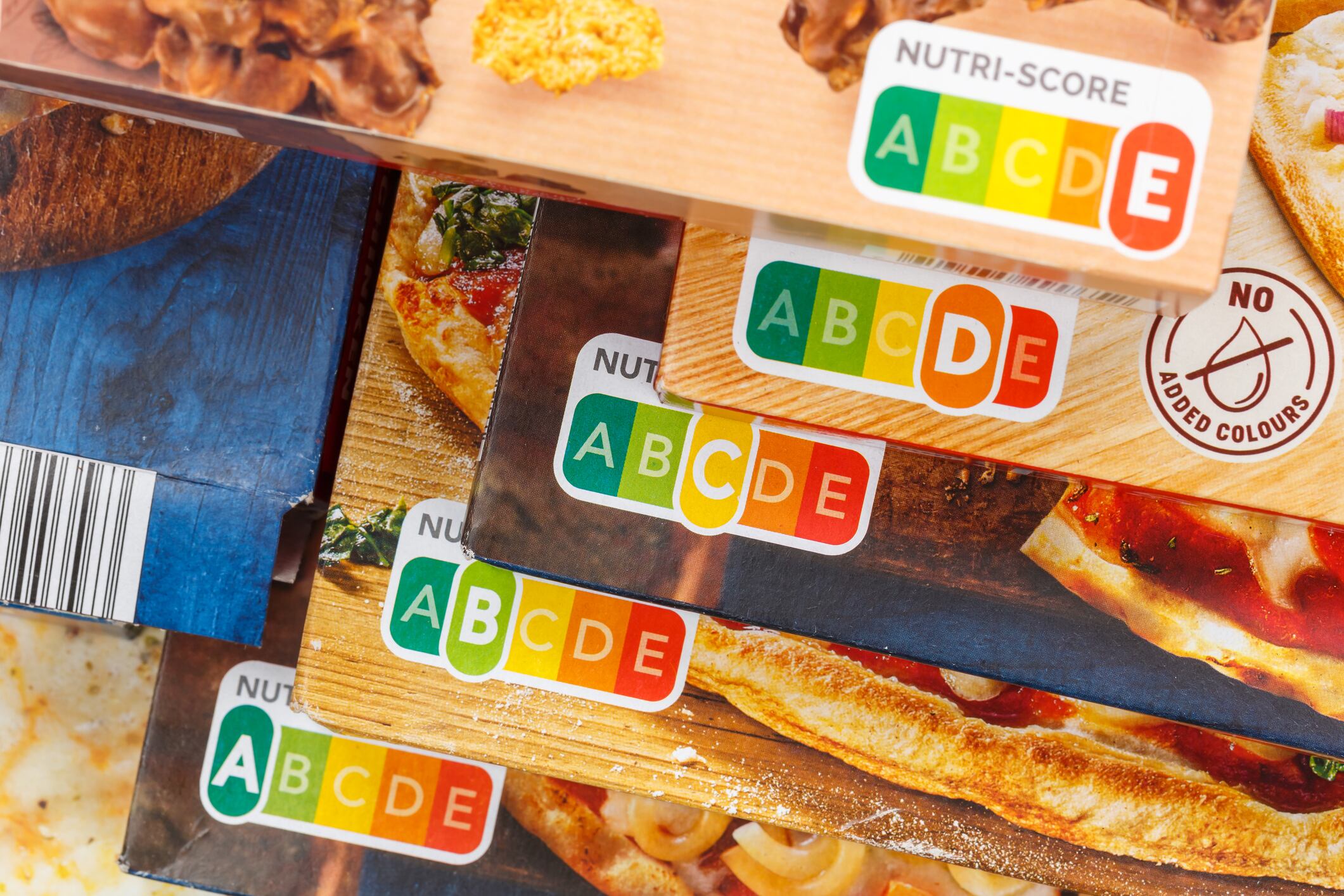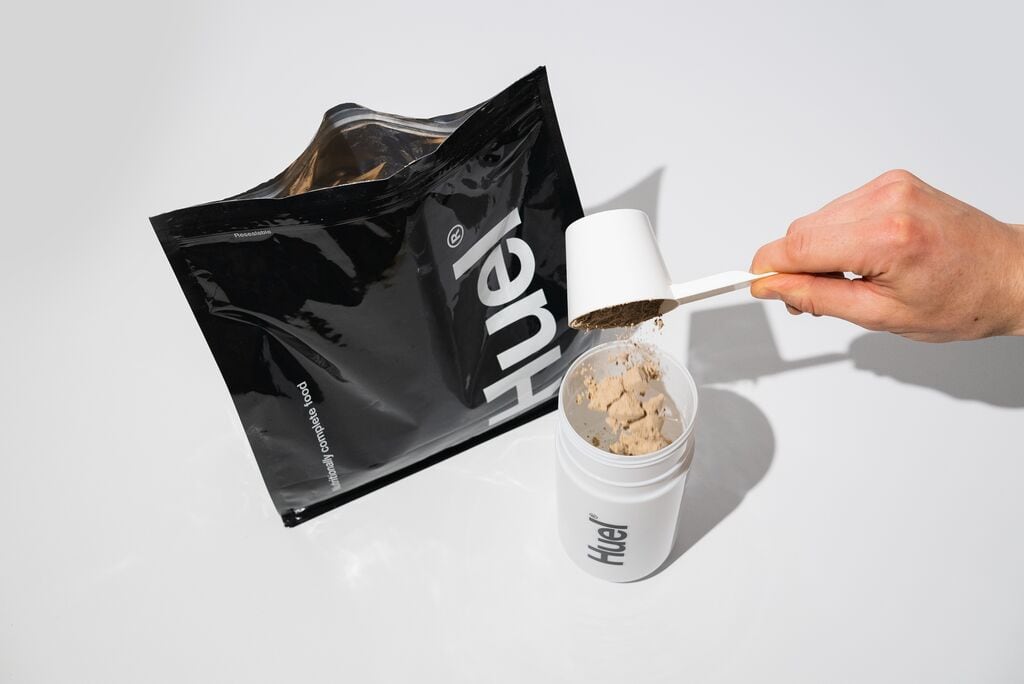On Saturday (1 March 2025), Radio France published leaked documents which appeared to show the European Commission (EC) suggesting the EU “would not copy/paste any existing system”.
In a press briefing held yesterday, Anna-Kasia Itkonen, a spokesperson for the EC, skirted awkwardly around the question of whether the Commission would be backing Nutri-Score.
“We remain committed to providing consumers with transparent information so that they can make their choices in supermarkets and elsewhere.
“We have our existing rules in place, we are committed to providing transparent information and we do respect the rights of citizens to make informed choices.
“We are working extensively on food labelling, this includes scientific studies, public consultations, targeted services, and this has confirmed the complexity to this issue and highlighted the challenges of reaching common solutions.
“So at the moment, the Commission remains committed to working with member states and stakeholders to engage in a comprehensive dialogue on the lifelong prevention of non-communicable diseases and this includes addressing food reformulation, the impacts of ultra processed products, and the effects of certain food marketing practices on the most vulnerable consumers.”
Essentially, they’ve set their status to ‘it’s complicated’.
What is Nutri-Score?
The Nutri-Score is a simple nutrition label based on the British Food Standards Agency nutrient profiling system (modified version) (FSAmNPS), adapted for the purpose of labelling.
It provides user-friendly information on the nutritional quality of food and beverages front of pack using five different colours to classify food products into five categories. These categories go from A (dark green) – indicating higher nutritional quality – to E (dark orange) - indicating lower nutritional quality.
According to the International Agency for Research on Cancer, epidemiological analyses in large-scale prospective cohorts in the diverse European population have shown that people who consume more foods with higher FSAm-NPS scores (corresponding to less-favourable Nutri-Score ratings and lower nutritional quality) have a higher risk of cancer as well as overall and cancer-related mortality.
Italy pushback
The move to make Nutri-Score mandatory across all EU members states has been met with serious pushback, with outcries following hot the heels of France’s first suggestion to use the system back in 2013.
Nutri-Score was finally implemented in France in 2017 and since then several other EU member states have rolled out the system on a voluntary basis.
Particular resistance has been shown by Italy, with the Italian Government voicing concerns that the system unfairly impacts much of its local produce with a marked down score.
This is despite elevated levels of childhood obesity in the country, with 2022 data from the World Health Organization (WHO) showing more than 20% of children in Italy are overweight.
While the data shows some reduction in the prevalence of overweight children in the past few years, the WHO notes that slow progress and even regress in some areas highlight the need for intensification of policies in the country.
Obesity rates across Europe are increasing too, with 2022 data from the EC showing that 50.6% of people aged 16 and over in the EU were overweight.
Speaking to Politco in December last year, Serge Hercberg, professor of nutrition at the Sorbonne and creator of the Nutri-Score food-labelling system said the biggest dietary problem facing Europeans are lobbies opposing measures like Nutri-Score.
In light of its opposition to Nutri-Score Italy has been backing an alternative method known as ‘NutrInform’ which shows nutritional content as a percentage of daily intake without grading.
Hercberg isn’t convinced by this alternative, having told Politico that he believes Nutri-Score to be the most robust method: “If tomorrow there was a logo shown to be more effective, I’d abandon Nutri-Score immediately."
When asked to comment on the Radio France investigation during yesterday’s briefing, which suggested Italy has ‘torpedoed’ the EC’s plans to implement EU-wide nutrition labelling, Itkonen avoided a direct answer, simply reemphasising her original points around the EC’s focus on providing transparent information.
So what now?
Camille Perrin, head of food policy at the BEUC, The European Consumer Organisation, said the move to draw inspiration from Nutri-Score was “an open secret”.
Writing on Linked In post, she said: “Pending a European decision, several countries had suspended a national decision on the choice of a simplified nutritional labelling system. The clarification now provided (we shouldn’t expect much coming from the EU any time soon) may encourage them to move forward!
“Finland has been leaning towards Nutri-Score for some months already, and endorsing the label features in the program of the new Austrian coalition government. Of course, the label remains voluntary, but the end of the European uncertainty could on the contrary give it a boost... And wouldn’t it be ironic, to say the least, if the food industry would eventually call on the Commission to harmonise front-of-pack labelling at EU level if each country moves ahead with its own initiative, leading to Single Market fragmentation?”
Adding further context, EU and UK policy expert and director of Whitehouse Communications, Andrea Gutierrez-Solana, told Food Manufacture: “The Commission’s refusal to provide an update on its plan to introduce a harmonised FOPNL scheme is by no means a surprise. It is not mentioned anywhere in its Vision for Agriculture and Food – the new framework for the sector – published last week, so it was more or less assumed that it had been shelved.
“This has been a highly controversial measure since its announcement as part of the Farm to Fork Strategy – the previous framework – in 2020. It created a strong divide between countries with different views on what constitutes a healthy diet, and finding a scheme that pleased everyone was always going to be a challenge. The Commission had already delayed the publication of the proposal repeatedly during the previous mandate. Getting it approved by the current Parliament—with a stronger nationalist presence—would be extremely difficult, if not impossible.
“The Commission might not be ready to declare it officially abandoned for fear of backlash from consumer groups and some countries supportive of the measure, but every sign points to this no longer being on the agenda.”





